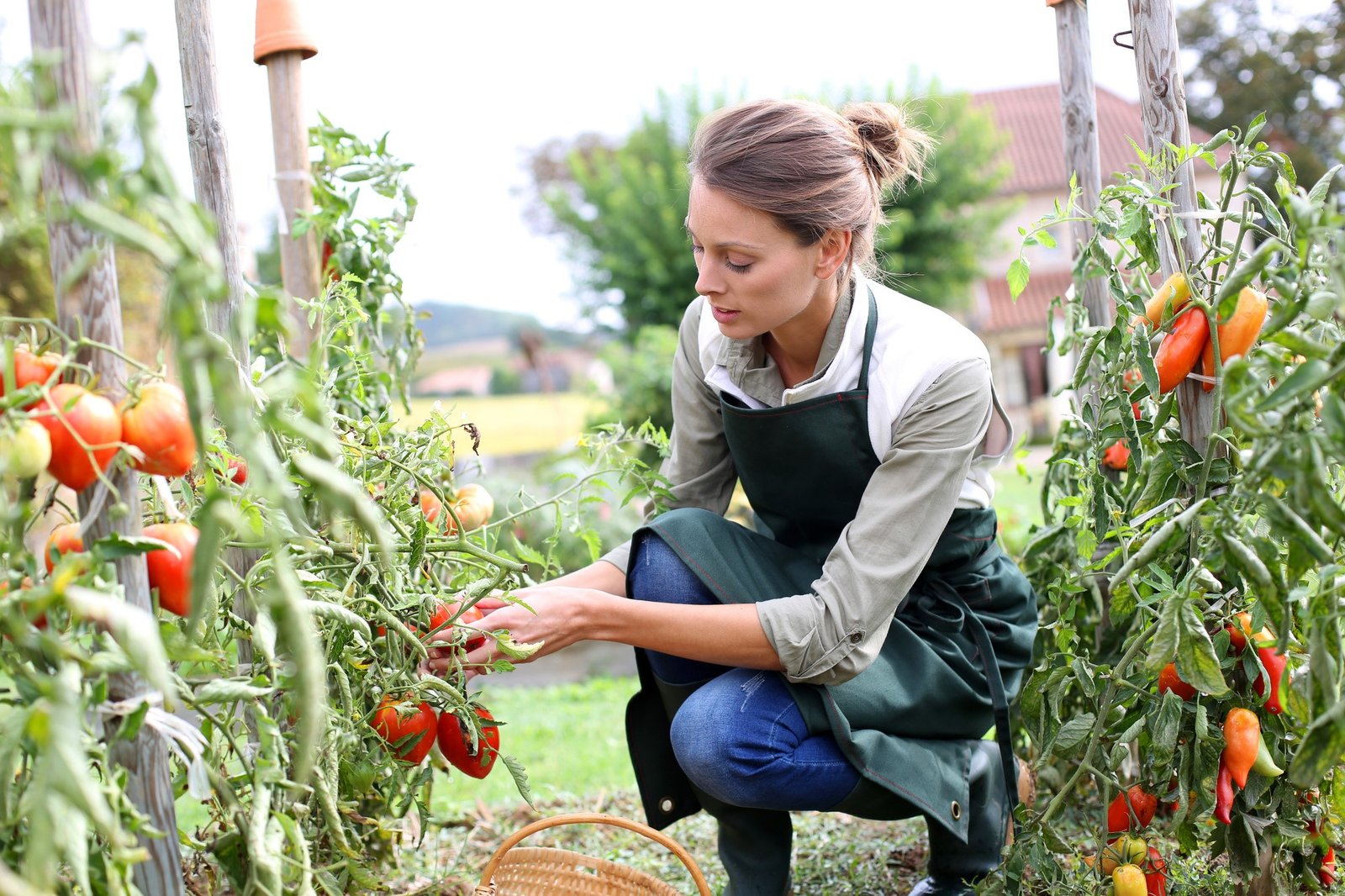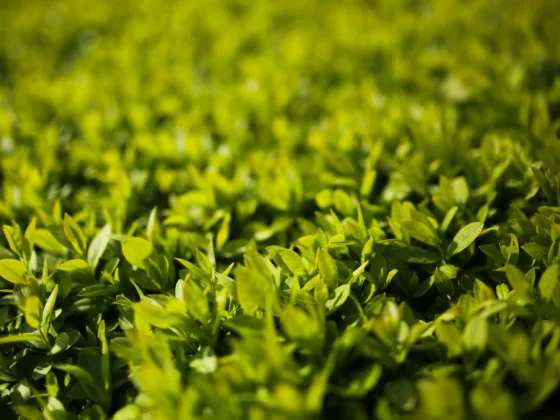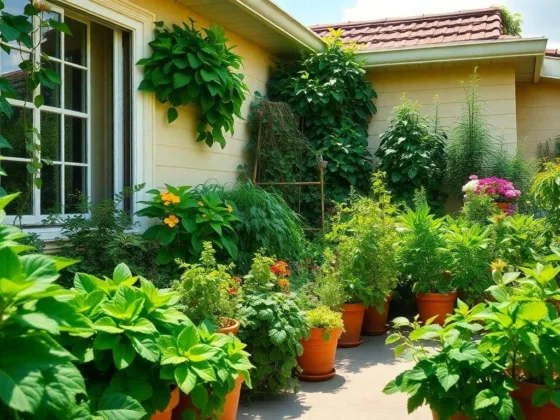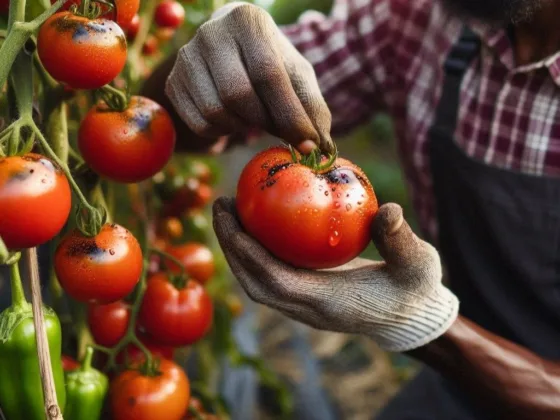Table of Contents Show
Did you know gardening is beneficial for your mental health? If you want to learn how to start a garden and boost your health, we can help.

In this guide, we’ll go over how to start a vegetable garden from scratch.
Want to learn more? Keep reading.
Read Also:
Start With Getting Rid of the Sod
Your first step is to remove the current sod. Use a flat-bladed spade. Cut the sod into strips that are only a bit wider than the blade.
Start on the outside of the garden and work your way toward the middle. You only need to cut three inches deep.
After the sod has gotten cut into strips, you’ll need to jam your blade sideways beneath the sod in a jabbing motion. Lift the sod while you move, and roll it up like a jelly roll.
If your back starts to hurt, you could sit on the ground while you complete this step. The sod will lift in an effortless manner. Roll each strip as you slice the sod roots below.
The rolls are heavy, so try and shake off excess soil before lifting them into your wheelbarrow. You can use the sod to start a compost pile.
Add Compost to the Soil
Once you have stripped and removed the sod, you will need to amend your soil.
Spread an inch of compost over the ground once all the sods gotten removed.
You can make compost if you have a bin or use leaf compost. You can also buy compost by the truckload from your local landscaping company or nursery.
Turn the Soil
When you start a new garden on a once sodded area, you will want to turn the soil.
Sod areas have gotten compacted. Turning the soil will help loosen the ground. The compost will work down closer to the root zone of future plants.
You can use a shovel to turn your soil by hand. Break up big chunks of dirt as you work. Rake the area smooth once you’ve finished turning the soil.
Put Down Mulch Right Away
If you don’t want your garden to get filled with weeds, you’ll want to complete this step.
When you start a vegetable garden, you want to take preventive measures against weeds. New gardeners often give up on their garden in the middle of the season because of pesky weeds.
Pick from a variety of different materials. To start, spread newspaper across your entire garden, around 10 sheets thick. Ask your family member or friend for their old papers if you don’t have any.
Spread the newspaper over the garden and then wet the paper to keep it in place.
Some people will use one layer of paper grocery bags if they don’t have a newspaper. Cut your bags open and spread the paper across the area. Cover the paper bags or newspaper with a layer of mulch.
You could also use the previous autumn’s leaves on top of the newspaper. Others choose to use a bale of straw or grass clippings.
Make sure you don’t use the grass clippings if they have herbicides or pesticides. Try to layer these items at least two inches thick.
When spring arrives, the paper will have gotten broken down by soil microbes. Add a new layer on top. Once you have finished this mulch layer, you can plant your vegetables for your garden.
Choose Cool and Warm Weather Vegetables
Some vegetables prefer hot temperatures, while others prefer cold temperatures. Plant a variety of plants so you can harvest throughout the different seasons.
In spring, grow peas, radishes, lettuce, and broccoli. After you harvest these vegetables, plant hot-weather vegetables like eggplant, peppers, and tomatoes. In the fall, harvest cabbage, kale, and potatoes.
Squash, tomatoes, and peppers will grow throughout the season. Yet, corn, radishes, and carrots can only get harvested once.
How many veggies do you think you and your family will eat? Consider these things when you decide how many vegetables to grow. Beginners will plant too many seeds.
You don’t want to grow too many tomatoes or zucchinis and have to throw them away.
Planting Vegetables
You can plant your new veggies in two different ways. Either plant transplants into your garden or sow the seeds into the garden.
Some vegetables do better when planted by seed. Others grow well when transplanted from a local farmer’s market. You can also start some vegetables from bulbs, tubers, or roots.
When you choose your vegetables for your garden, you will need to push back the mulch with care. Slice a hole through the newspaper and plant your transplant or seeds through it.
Cover the seeds or plant with soil and place the mulch back into its proper spot. Water the transplants or seeds well.
Water Your Plants
Research the different plants to see how much water they prefer.
Set up a straightforward watering system, so you don’t have to drag a heavy watering can back and forth to your house. Once you pick a hose, check out this water hose filter.
Now You Know How to Start a Vegetable Garden From Scratch
We hope this guide on starting a vegetable garden was helpful. Take your time picking out vegetables you’d like to grow in your garden. Research how to care for them.
Now that you know how to start a vegetable garden from scratch start planning.
Keep browsing our other helpful resources on real estate, home, and more.










